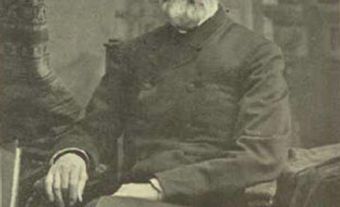This article is from our Toronto Feature series. Features from past programs are not updated.
This content is from a series created in partnership with Museum Services of the City of Toronto and Heritage Toronto. We gratefully acknowledge funding from the Ontario Ministry of Tourism, Culture and Sport, and the Department of Canadian Heritage.
Toronto Feature: York University
"York University's Front Door at Vari Hall"
York University was no exception to the student protest movement that was part of the cultural revolution of the 1960s in Canada. Universities provided the background for the development of the youth counterculture. At York, open spaces, such as the Ross Ramp and the Common Area, formerly in front of the Ross Humanities and Social Sciences Building, were the sites of rallies and demonstrations to oppose and support a range of causes.
The modern campus staging ground for protest and other activities, and the hub of York University, is Vari Hall, which stands on the former site of the Ramp. It was designed by renowned Canadian architect Raymond Moriyama and completed in 1991, becoming the symbolic front door of the campus, visible from the main entrance on Keele Street. The building was a key component of York's Master Plan developed in the 1980s to give the sprawling suburban campus a sense of order and urban identity.
This sense of identity was an important component of the building's design, which, as Moriyama explains, explores "how architecture can support and even encourage the learning process. In Vari Hall learning is not confined to classrooms and lecture halls. Rather, it spills out into stairways, corridors, under stairs, wherever students can gather informally and spontaneously to discuss and debate."
York received its charter in 1959. The university's founders could not have conceived the modern ideal of university education better than Moriyama's design and its urban space on the city's fringe.

 Share on Facebook
Share on Facebook Share on X
Share on X Share by Email
Share by Email Share on Google Classroom
Share on Google Classroom





